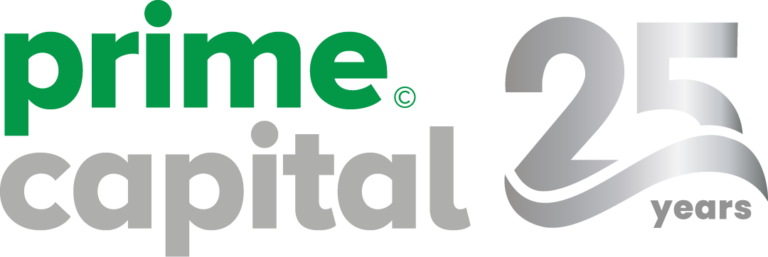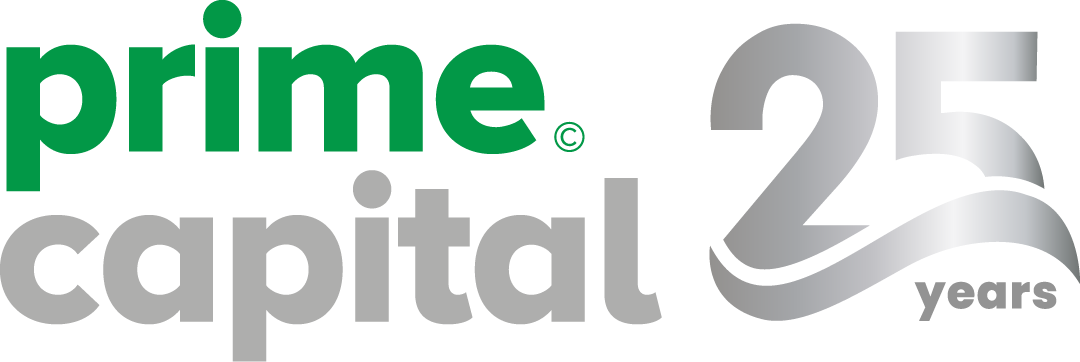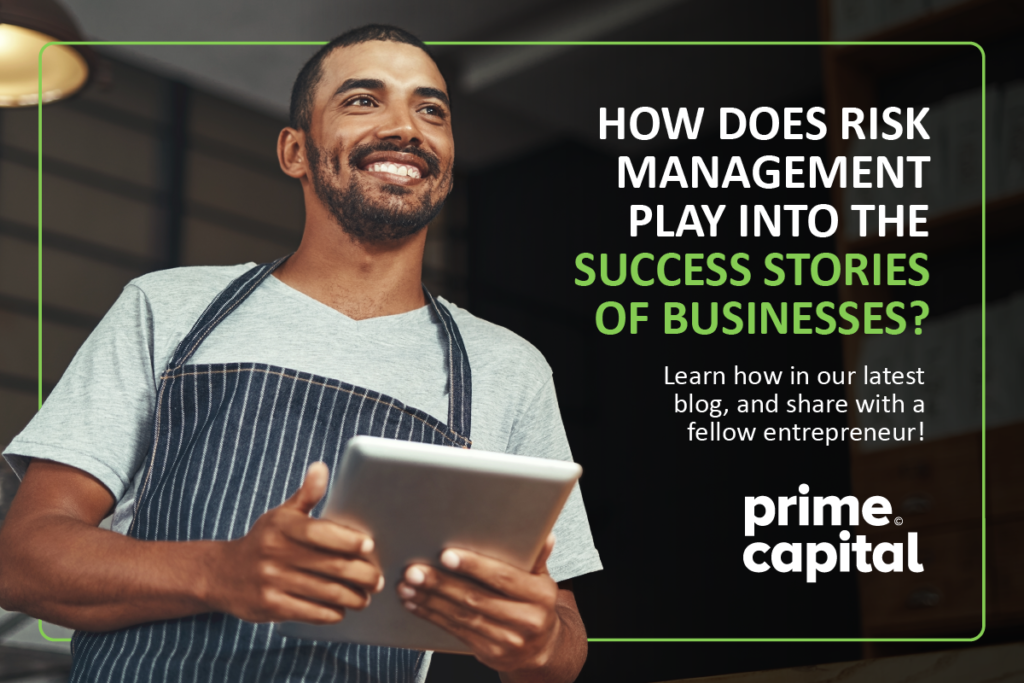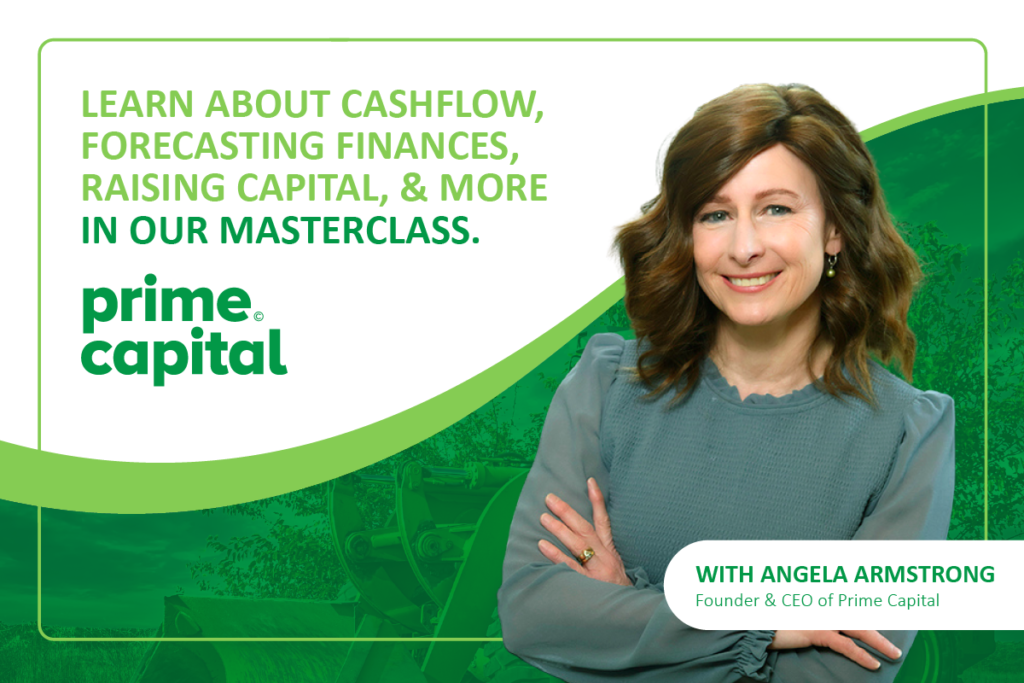Optimism only brings you so far-the rest is in good planning, predictable cash flow, and partnerships that align with your goals.
As a fellow entrepreneur, I’ve taken the leap into risky venture-land more than once.
In a previous blog, I hinted at our own risk story: it involved a high-stakes situation, much like a Tom Cruise stunt, that tested our capital, my mental health, and even our contractual relationships.
Entrepreneurial Optimism got us into that place, and I’m happy to share that Risk Management strategies that were baked into the business helped us come out on the other side.
Today, I’m proud that we are celebrating 25 years of providing equipment financing for business owners like you. But even we, who do risk management for a living, didn’t always stay on the sunny side of the road.
I don’t want to spook you forever, but avoidance is a poor substitute for knowledge-like the “what-ifs” that our parents always warned us about. And since, as an entrepreneur, you don’t need lecturing; you need strategies, I’m going to share what we did that saved our proverbial bacon.
Consider this a quick advertising-free “hey, how are your brakes before you launch your go-cart off the hill” social post to balance all the “entrepreneurship is a guaranteed ride to riches” posts that probably crossed your feed today.
If you’re still here, it’s because you face risk rather than ignore it. The good news? That’s already half the battle. By acknowledging and facing these risks, you’re already one of the 1 in 3 who is likely to celebrate year 11 – and on.
Pushing the Boundaries of Comfort as an Entrepreneur
Our risk story was taking on a client who needed lending far beyond what we had done in the past. The threat to our capital reserves was immense, but so was the payoff.
Years later, I finally got around to actually writing down the risk that Prime Capital had taken on for this client as their leasing partner. Thinking back, the list of consequences we could have faced if any number of factors had played out differently was daunting:
- The immense capital drain could break our lending agreement and expose us to legal hardships.
- Any failure could be written up in the year-end financials-a fiscal nightmare.
- Our lender could decide not to forgive the breach of contract in overextending our offering. In lending, forgiveness is called forbearance.
- Our capital funder could lock up our facility if we displayed negligence.
- We would have to freeze the business until we could patch the hefty capital hole we shot in the hull.
- Amidst dealing with any of these problems, our clients could walk away (loss of confidence) and replace us with other partners. This could lead to a significant loss of revenue and, potentially, the end of our business.
- We could lose our equity partners or have them pull the shotgun (clause) out.
- We may have been forced to declare bankruptcy since any number of parties would have sued me along the way.
- After the dust settles, I could lose my house and maybe my marriage. After all, partners may agree to the stress, but they often don’t love it.
Looking back, it’s a sobering list. It’s no wonder I wasn’t sleeping during those months.
The Dark Side of Entrepreneurship
Business “gurus” are the first to regale you on the awesomeness of entrepreneurship. But, even in the highest echelons of society with all the money in the world behind you, the risks don’t always play out.
Travis Kalanik (Founding CEO of Uber) not only led the ride-share parade, he recruited others to keep it going. His risk? Uber broke countless international and local laws to push Uber into new markets and brute force its adoption. This strategy, while successful in some respects, led to significant legal and reputational risks. He ended up being removed from his role at the company (15 years to finally turn its first profit in early 2024, then immediately reported a loss in the very next quarter due to the lawsuits plaguing the company).
The Risk: Keep breaking the rules until someone agrees that the rules can be transformed for you. Not to say I’m against changing the rules-after all, it was 1960 before all women had the right to vote in Canada and until 1964, before a woman could open a bank account in her own name. Still, it takes a special kind of courage (or ignorance?) to start a business knowing you’re going to break the law, as well as many deep-pocketed investors to bail you out over and over. Do you have those qualities (and pockets?)
Sam Friedman (Founder of FTX Cryptocurrency Exchange) was all-in for a new business model: “conscious capitalism,” a term coined by John Mackey, the CEO of Whole Foods Market. This approach emphasizes the importance of considering the interests of all stakeholders, not just shareholders, in business decisions. However, they misappropriated funds from customers and lied about it. FTX was an excellent marketing exercise built on a frothy ‘disruptive’ market fueled by optimistic investors.
The Risk: Using investor capital to “bridge” the market gap and “hoping” to pay it back later. Unlike Travis Kalanik, Sam Friedman has been jailed. Speaking of which…
Elizabeth Holmes (founder of Theranos) raised unthinkable amounts of capital from otherwise sober and intelligent investors who simply trusted that her black box (that never worked) would revolutionize healthcare. I think she believed it too-a by-product of too much optimism.
The Risk: Holmes used a great story and her compelling ‘face’ of the business to dupe the board into believing the tech worked. She hoped that eventually, with enough time and money, the tech would work. Unsurprisingly, Elizabeth is also in jail.
These three business owners were surrounded by wise investors, experienced businesspeople, and the top lawyers in the United States. Yet, in the end, risk caught up with all of them-they failed to see risks as barriers. This underscores the importance of learning from past mistakes and experiences. While your highs may never be as high as theirs, any falls will likewise (hopefully) be less dramatic.
POV – Finance Company as a Risk Practitioner.
Over (more than) thirty years in finance, I have observed that businesses that run on the edge often end up cut (to shreds, that is). As far as success is concerned, grit and determination do count, but not in the way you’d like to think. Rather than grit saving a failing business, it often manifests as starting over again once the owner realizes they can’t turn the failure around.
Fall down 7 times, Get up 8. As described by Denzel Washington, one of my fave actors.
Grit is Resilience – you need resilience because things you try don’t always succeed. In our business, we look at financial statements and business credit daily when granting our customers leases and loans. We often see clients making risky decisions; someone going ‘all in’ on a big call. And I would say that much more frequently than they work out, they fail.
What sets the winners apart? A lucky rabbit foot? A guardian angel? A helpful hex from a bog-witch?
More often than not, it’s the boring things. Mastering cash flow allows you to take calculated risks that can prepare you for those fiscal faceplants. By taking the time to understand your finances alongside your lending partner, we can reduce risk today and tomorrow.
Understanding and Mastering the Risks
Ten years after taking that leap that dug deep into our capital, I’m still wondering what the heck I was thinking. Could we have grown the business without that significant risk? It’s hard to say. The only thing I know for certain is how close we have come to not being around anymore.
Here’s what we had in our back pocket, though, that de-risked our business in SPITE of my risk choices.
- Diversified and Growing Revenue Stream
A well-diversified business revenue stream was growing around the risk, reducing the value of the risk client against the rest of the business. That process of intentional diversification actually became our number one focus-every decision we made to onboard new clients was at least partly through the lens of making the big risk a smaller overall ratio of the business.
- Know Thy Cash Flow
A cash flow forecast, updated weekly, is very conservative and transparent. Treasury became our second language! IE who is paying, what we owed, and what were the gaps. We became experts at solving those well in advance of a crisis moment
- To Know me is to Love me
Really, really, really good partnerships with key stakeholders. We spent a ton of time on communication, honest reporting, and proactive explaining of our business activities. Our lender, like yours, is looking for insight into the business – how better to provide that than go visit them periodically with a PowerPoint and a show and tell about your history and trajectory? If your bank knows your business as well as you, as far as risk goes, they will also have more comfort. Our rule of thumb was to always treat our stakeholders (investors, lenders, suppliers) just like customers – if they weren’t happy, we weren’t happy.
- Learn from History
We invested a ton of time in industry sessions, meeting experts, and educating ourselves on industry trends and patterns of loss in the past. Knowing what had taken out our competitors helped us build some guardrails so we wouldn’t go off the same cliff.
- Hire to Fill Your Gaps
We became vulnerable about what we didn’t know. We found experts in the market who we could bring onto our team and who could (if asked) point out the potholes ahead on the road. That expertise was critical to risk management because it’s often what you don’t know that hurts you. Embedding that knowledge into the business helped us become a better organization.
As a leasing partner, it’s our job to show you both the good and the bad of investing in your business. To build your optimism while preparing you for the risks. Any discussion of your books can be uncomfortable, but it’s essential for mapping potential pitfalls and figuring out how you can tip the odds in your favour. That skeleton in your closet might just become reanimated (I’ve clearly played too many video games with zombies in dark caverns…) and come after you. You always need a good quiver of arrows (tools and strategies) to defeat them if that happens.
That’s why we’re a people-first company. While a bank only looks at past business performance, Prime Capital is your forward-thinking partner and analyzes what a strategic leasing solution can do for you. As a business owner, I’ve learned more than a few hard lessons-ones you might not have to as you work with us to secure your next strategic equipment purchase with us, with a lease or a loan.
Ready to make the plunge like I did? Let’s get in touch and turn those bold plans into smart ones.





